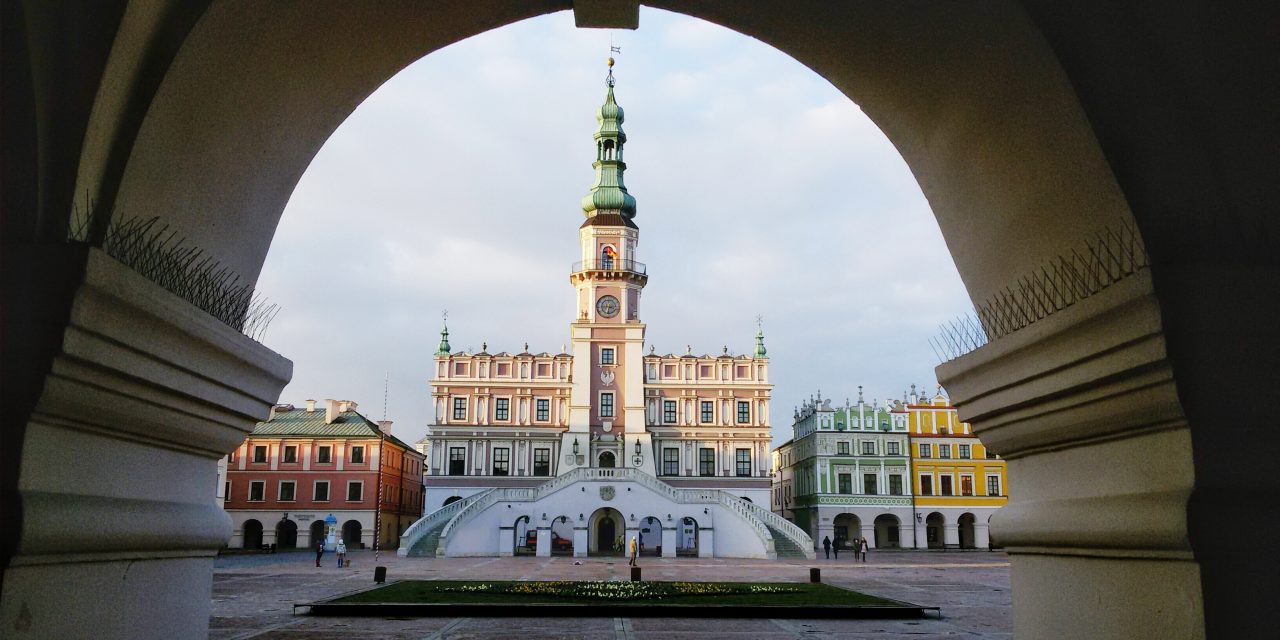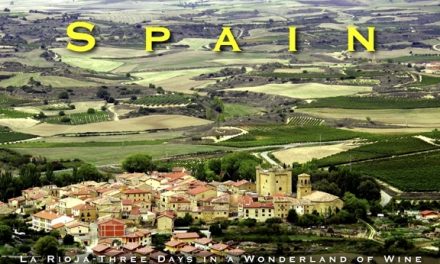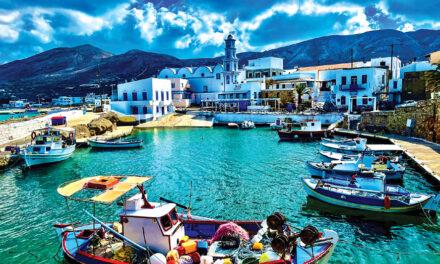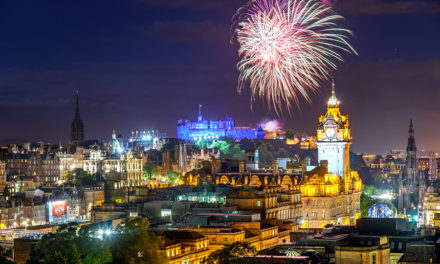Poland
Zamosc, Poland – a pearl of the Renaissance
This UNESCO site city is a crowning achievement of Renaissance urban planning.
This is what Zamość is called and it does deserve the nickname. The town is surrounded by Renaissance fortifications with mighty bastions. The tenement houses in the Old Town were all built in the Renaissance style and the Cathedral (the former Collegiate Church) belongs to the greatest works of Renaissance architecture. Zamość is a crowning achievement of Renaissance urban planning and belongs to the most magnificent ensembles in the world. In a word – it is a pearl.
Philosophers and urban designers had always dreamt about creating an ideal town. Italian architects also worked on the concept during the Renaissance but it was in Zamość that the idea was fully implemented. An ideal town was supposed to be functional, safe, resident-friendly and beautiful. This is precisely what Zamość was like with its clear urban layout, rationally designed public facilities, erected in a uniform style and guaranteeing safety to its residents thanks to fortifications. It was also beautiful; simply an ideal town.
In addition, the design of the town prepared by Bernardo Morando referred to the anthropomorphic concept (the so-called Vitruvian Man) and corresponded to a human silhouette, where the palace is the head, the main street which joins the residence to Bastion #7 is the spine and the Academy and the Cathedral are its lungs. The crosswise road with the three markets was its belly whereas the defensive bastions – its arms and legs.
Zamość is a visitor-friendly town. The most interesting historical buildings are situated inside the town’s defensive walls, which makes them easily accessible to tourists. The town offers accommodation to all kinds of visitors. Apart from the Old Town buildings there are many other attractions in Zamość, such as an interesting zoological garden, a beautiful park, a modern cinema, the oldest symphonic orchestra in Poland, galleries, many restaurants and cafes in Old Town basements as well as pavement cafes in summer when the Rynek becomes a huge theatre and concert hall.
www.poland.travel





